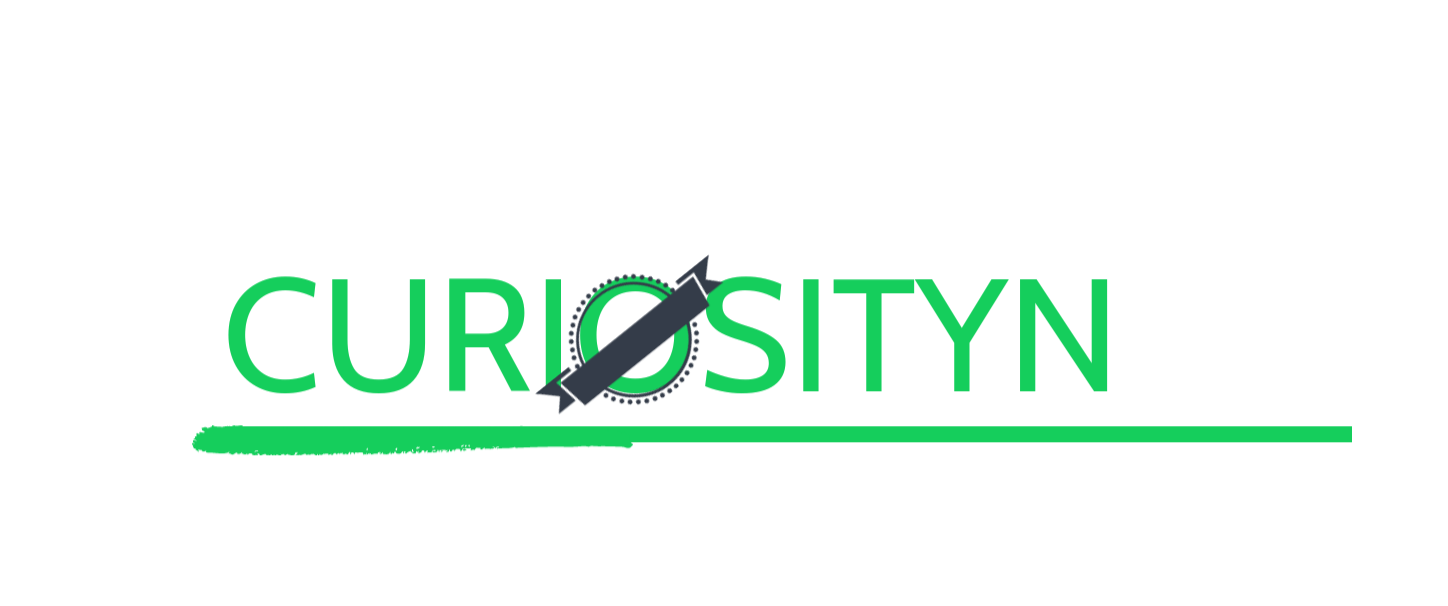Table of Contents
Introduction of human skeleton:
For the construction of a house at first a structural frame work is essential. Skeleton is the frame work of our body. The human skeleton is composed of in combination of long, small, flat, unequal 206 bones. It gives the definite shape to the body and protects the internal organs, such as : heart, lungs, stomach, intestine, brain etc. Without strong bony structure a fixed shape is not possible. All bones and other associated parts together constitute the skeleton which consists of bones and cartilages. Bone joints are connected together with the various parts of skeleton and assists in movement. Bones are remaining attached with the voluntary muscles that helps movement of different organs. The skeletal system is composed of bones, cartilages, ligaments, tendons, bone joints and muscles.
Divison of Human skelton
Human skeleton is divided into parts, as-
- Exoskeleton;
- Endoskeleton.
(1) Exoskeleton :
The parts of the skeleton exist outside the body e.g. it includes nail, hair etc.
(2) Endoskeleton :
The skeleton of man means endoskeleton which can not be seen from outside. The endoskeleton mainly composed of cartilages and bones.
Role of skeleton in firmness and locomotion:
Functions of human skeleton
The skeleton does the following functions such as :
(a) Structure and firmness of the body– The skeleton forms the hard structure of the body and gives a definite shape to the body. It joins lower organs with the upper organs.
(b) Protection – Skull protects brain, spinal cord within the vertebral column or backbone, lungs and heart within the thorax. Muscles remain attached with the skeleton and skeletal muscles involved in carrying the weight of the body.
(c) Movement and Locomotion: Hands, legs, shoulder or pectoral girdle and pelvic or hip girdle help in movement. Muscular system has an important role in this act. Due to the attachment of muscles with the bones we can move the bones and we can move.
(d) Production of red blood cells– Bone marrow produces the red blood cells.
(e) Storage of mineral salts – Bones store mineral salts (calcium, potassium, phosphorus). That’s why the bones remain hard and strong.

